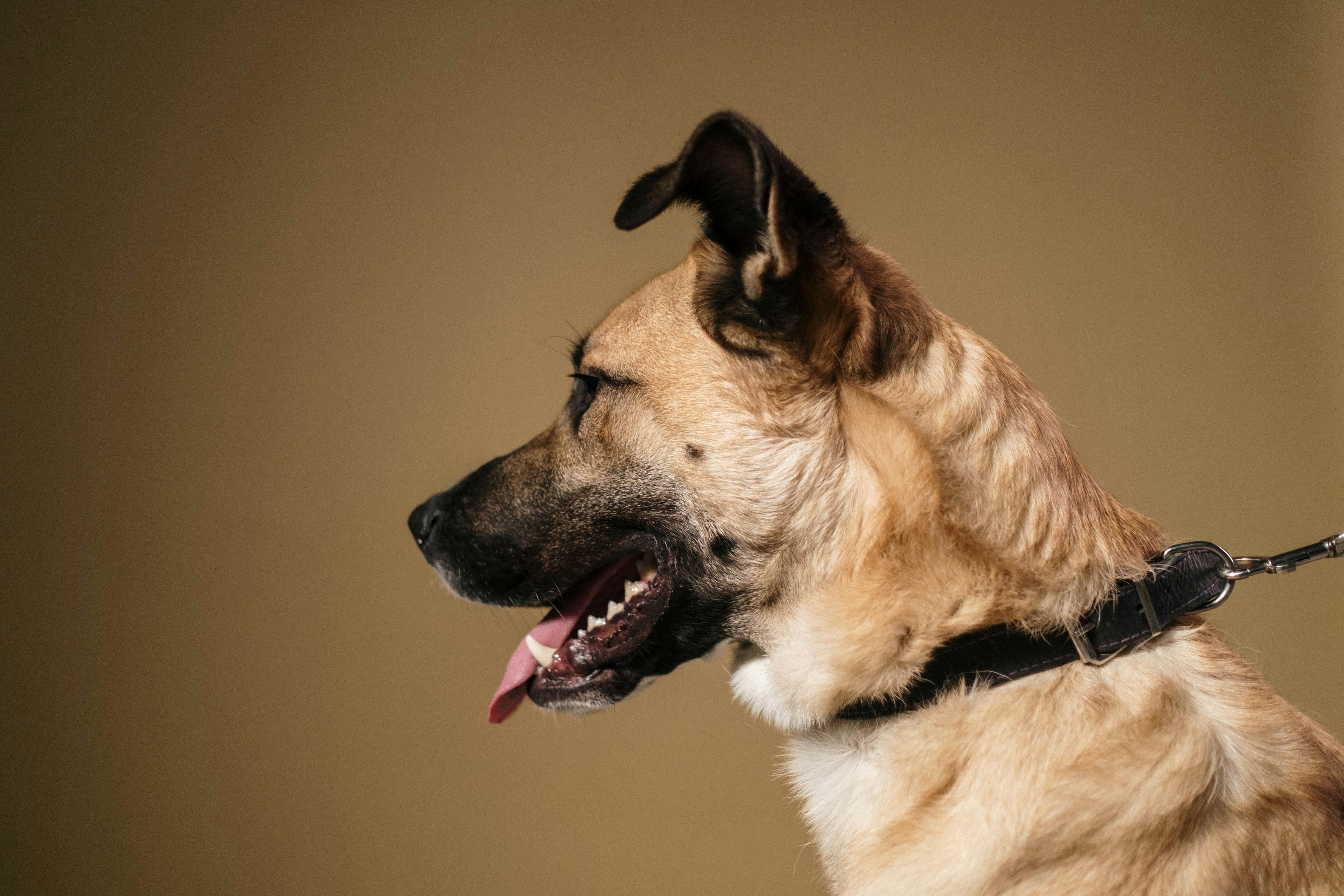General description
Canine bloat is a stomach condition brought on by an increase in the level of gas. It is a serious condition that can be fatal for your dog. One type of this condition is bloating with GDV (gastric dilatation-volvulus). When this occurs, the stomach will contain too much gas, resulting in turns of approximately 180 to 360 degrees from the esophagus (inlet) to the duodenum (outlet). GDV bloat is the second leading cause of death in dogs, after cancer.
The torsion of the stomach is very dangerous because it constricts the entrance and exit of this organ, which causes the death of the stomach tissues. Nutrients and oxygen can no longer be processed or distributed, and if left untreated, will cause death.
Causes
Unfortunately, the medical world has yet to discover the exact causes of the swelling. The general notion is that excessive eating and drinking after exercise causes it, because this activity (exercise) can trigger gas buildup when done after a meal.
Here are other factors that can contribute to canine bloat: stress, heredity, raised food bowls, physical attributes: large, deep chest, and the dog’s disposition.
Symptoms
The following are symptoms of canine bloat: anxiety, restlessness, vomiting or attempts to vomit, whining, excessive drooling, a distended abdomen, rapid heart rate, pale gums, and difficulty breathing.
Who is at risk?
There are certain breeds of dogs that are at risk for canine bloat and it is more common in large breeds. These include: Great Danes, Akitas, German Shepherds, Rottweilers, Irish Setters, Bloodhounds, Boxers, Saint Bernards, Golden Retrievers, and Dobermans.
Age can also be a factor. Although it can occur in puppies, it is found to be more common in adult dogs.
Treatment
If you notice the aforementioned symptoms, be sure to call your vet right away. Early diagnosis and treatment could save your pet’s life. Initial treatment includes inserting a tube called a toucher into the stomach walls, as this will remove gas. Once this is done, the vet will begin to operate on the stomach to untwist it.
Secondary treatments can also be provided, if necessary.
Prevention
Due to the many causes of swelling, it is difficult to guarantee prevention. But here are things you can start with and stick with:
1. Feed your dog in small portions, about 2-3 times a day, instead of one large meal.
2. Avoid using raised food bowls.
3. Include enzymes as part of your dog’s meals.
4. Avoid large intakes/drinks of water after each meal.
5. Make sure you have your vet’s contact details with you.
6. You can have your dog undergo gastropexy surgery.
